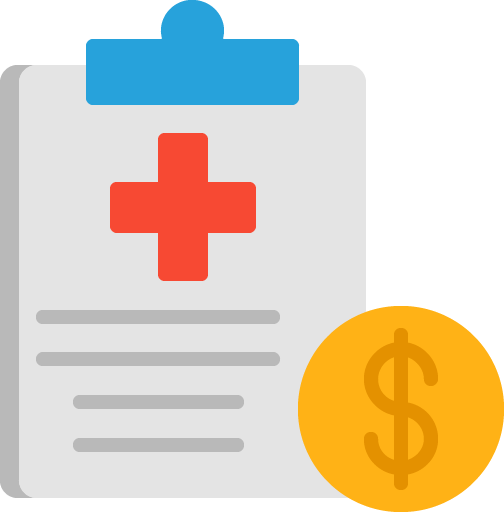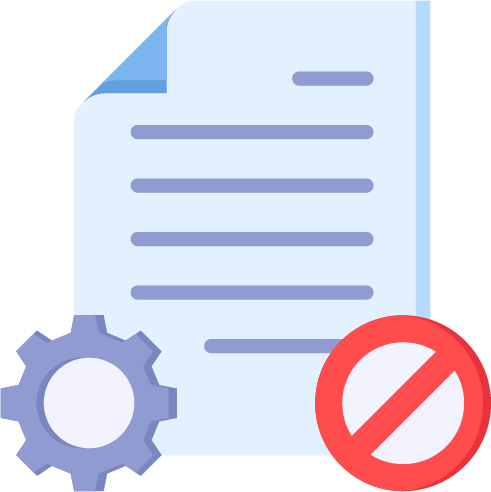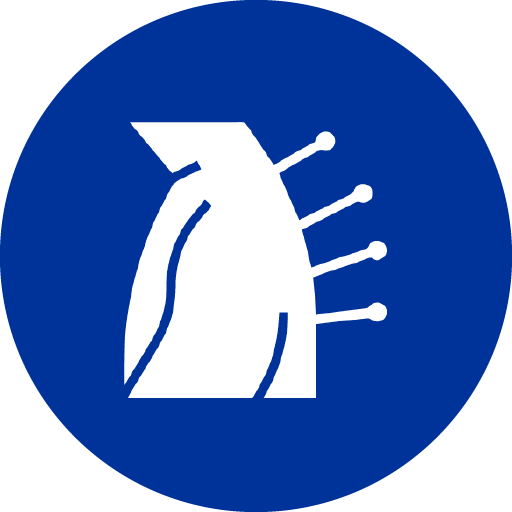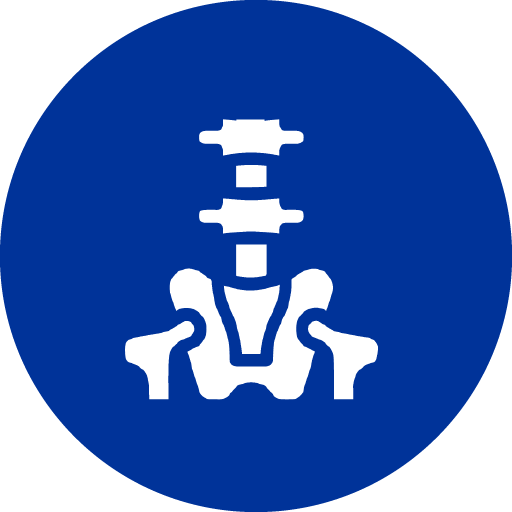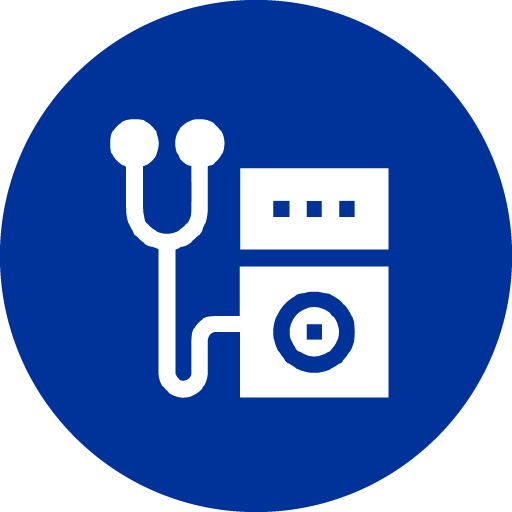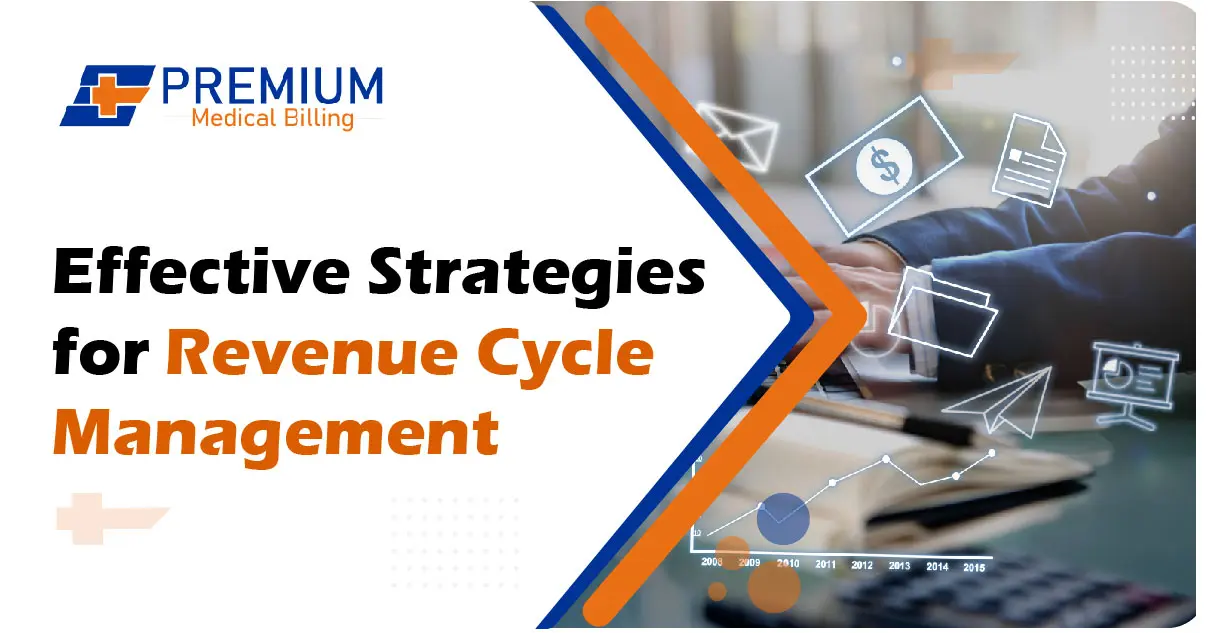Effective Strategies for Revenue Cycle Management
The financial stability of any healthcare organization or practice depends on its Revenue Cycle Management (RCM). Maintaining your revenue cycle is not easy in a continually changing healthcare landscape. This intricate process begins with the appointment booking and ends with receiving the final payment receipt.
Every practice with unique specialty possesses a different revenue cycle. It is difficult to understand the revenue cycle with such variations. However, knowing a few strategies to improve your practice’s financial health is a good place to initialize billing operations. Start by knowing a little about RCM first.
Understanding the Basics of Revenue Cycle Management:
RCM streamlines financial transactions, ensures smooth healthcare and billing operations, and maximizes revenues. Revenue Cycle Management (RCM) is an essential process within a healthcare-providing facility where many financial operations like billing, coding and collection of payments are involved. To know more about RCM let’s know some basics of RCM including key components of RCM:
- Appointment Scheduling:
This step includes collecting patient information like name, contact details, address, and insurance plan. It also contains information about the healthcare services a patient is demanding. - Registration:
The process of patient registration occurs after the patient’s check-in. This includes a compilation of patient demographics, verification of insurance plans and collection of payments at the front desk. - Charge Capture for Services:
In this step, the billers or coders assign codes against the healthcare facilities or medical treatments that a patient has utilized. This is done to ensure seamless and smooth billing. - Billing:
Billers create essential claims for payor reimbursements and send bills/invoices to patients. - Denial Management:
It includes revisions and reviewing denial reasons codes to identify the root causes of denials. These errors are then rectified by experts and submitted again to insurance companies. - Accounts Receivable (A/R) Follow-Up:In this step, billers pursue the identification of unpaid charges. They make follow-ups to secure and ensure timely reimbursements.
The main aim of optimizing RCM is to generate revenue and boost the cash flow of a medical practice by the aforementioned RCM process steps. By this healthcare facilitators receive expected payments on time. They can have an enhanced financial stability. With the help of effective RCM service providers get to know the deficiencies and errors they might be making previously. An efficient RCM also streamlines compliance with regulatory requirements, which leads to patient satisfaction. All the involved steps are done to improve and eliminate the shortcomings.
Leveraging Technology to Enhance RCM:
Due to rapid technological advancements and the emergence of the latest trends in the healthcare industry, optimizing RCM is compulsory. Explore how technology streamlines healthcare financial processes and evolving Revenue Cycle Management (RCM). Below are some key tech-based solutions that contribute to optimizing RCM:
- Electronic Health Records (EHRs) compile patient health information based on their medical history, diagnoses, prescriptions, and treatments.
- Benefits:
Efficiency: EHRs streamline data access, reducing paperwork and manual record-keeping.
Accuracy: Automated data entry minimizes errors, ensuring precise billing and coding.
Interoperability: EHRs facilitate seamless communication among healthcare providers, insurers, and patients.
- Automated Billing Software: These tools automate billing processes, from charge capture to claim submission.
Features:
Charge Capture: Automatically records services provided during patient encounters.
Claims Generation: Creates accurate claims with proper codes and documentation.
Claim Scrubbing: Identifies errors before submission, reducing claim denials.
Payment Posting: Automates payment reconciliation and updates patient accounts.
- Advanced Analytics Tools:
Analytics platforms analyze vast amounts of data to extract meaningful insights. - Applications in RCM:
- Predictive Analytics: Forecasts revenue trends, identifies potential issues, and optimizes resource allocation.
- Denial Analytics: Pinpoints patterns in claim denials, allowing targeted improvements.
- Performance Metrics: Monitors key performance indicators (KPIs) for revenue optimization.
- Patient Segmentation: Identifies high-risk patients for targeted interventions.
- Applications in RCM:
- Artificial Intelligence (AI):
AI algorithms learn from historical data and make predictions.- AI’s Role in RCM:
- Prior Authorization Automation: AI streamlines prior authorization processes, reducing administrative burden.
- Claims Prediction: Predicts claim approval likelihood, aiding proactive follow-up.
- Revenue Leakage Detection: Identifies missed revenue opportunities.
- Automated Coding: AI assists in accurate coding and documentation.
- AI’s Role in RCM:
- Robotic Process Automation (RPA):
RPA bots automate repetitive tasks, such as data entry and claims processing.- Benefits:
- Speed: RPA accelerates routine tasks, improving efficiency.
- Error Reduction: Minimizes human errors associated with manual processes.
- Scalability: Easily scales to handle increasing workloads.
- Benefits:
- Blockchain Technology:
Blockchain ensures secure, transparent, and tamper-proof data sharing.- Use Cases:
- Claims Management: Enhances trust and data integrity in claim processing.
- Use Cases:
Patient Identity Management: Improves patient identification and reduces fraud.
The Role of Training and Education in Maximizing Revenue:
Investing in regular training and development for revenue cycle staff ensures they remain competent, adaptable, and aligned with industry best practices. By continuously enhancing their knowledge and skills, healthcare organizations can maximize revenue, improve patient experiences, and maintain financial stability. By integrating these technologies, healthcare organizations can:
- Reduce Errors: Automation minimizes manual mistakes, leading to accurate billing and fewer denials.
- Save Time: Streamlined processes free up staff to focus on value-added tasks.
- Increase Revenue: Efficient RCM ensures timely payments and maximizes revenue capture.
Training and education are vital in maximizing revenue within the complex landscape of Revenue Cycle Management (RCM). Let’s explore why ongoing learning is crucial for the staff involved in the revenue cycle process:
- Staying Current with Industry Changes:
- Healthcare regulations, coding standards, and billing practices are constantly evolving. Regular training ensures that staff members are aware of the latest updates.
- Example: ICD-10 coding changes, which occur periodically, require continuous education to maintain accuracy in coding diagnoses and procedures.
- Efficient Utilization of Technology:
- RCM relies on various technological tools such as EHRs, billing software, and analytics platforms.
- Training helps staff understand how to effectively use these tools, leading to streamlined processes and reduced errors.
- Example: Proper utilization of automated billing software ensures accurate claims submission and faster payment processing.
- Compliance and Risk Mitigation:
- Educated staff are better equipped to navigate complex compliance requirements.
- Understanding regulations helps prevent costly legal penalties and audits.
- Example: Knowledge of HIPAA regulations ensures patient privacy and compliance.
- Patient-Centric Approaches:
- Education empowers staff to adopt patient-centric billing strategies.
- Transparent communication and clear invoicing enhance patient satisfaction.
- Satisfied patients are more likely to return for services and recommend the healthcare provider to others.
- Optimizing Operational Efficiency:
- Well-trained staff can efficiently manage billing processes.
- Reduced administrative burdens free up time for patient care.
- Example: Staff trained in denial management can proactively address claim denials, minimizing revenue loss.
- Data-Driven Decision Making:
- RCM generates a wealth of data.
- Educated staff can analyze this data to make informed decisions.
- Example: Insights from payment trends can guide resource allocation and strategic planning.
Common Pitfalls to Avoid in Revenue Cycle Management:
Undoubtedly, RCM is the lifeblood of a thriving medical practice. However, proper management must be maintained to ensure continuous and rapid reimbursements. Without close supervision at each step, your healthcare practice can fall prey to common revenue cycle management RCM pitfalls that may seriously impact your financial health.
Tackling the RCM pitfalls seems hectic, but building a solid roadmap can help your administration team succeed. Luckily! The red flags in the revenue cycle can be identified easily. For your assistance here are a few initials to help you gain rapid and enhanced reimbursements for your organization:
- Failure to Verify Patient Insurance Coverage:
- Mistake: Neglecting to verify patient insurance coverage can lead to claim denials and delayed payments.
- Advice: Implement a robust process to verify insurance coverage before providing services. Contact the insurance provider, confirm eligibility, and understand coverage limitations.
- Inaccurate Patient Demographic Information:
- Mistake: Entering incorrect patient details (name, address, insurance information) can result in claim denials and payment delays.
- Advice: Establish protocols for accurate collection and entry of patient data. Regularly verify and update demographic information.
- Improper Coding and Documentation:
- Mistake: Using incorrect procedures or diagnosis codes can lead to claim denials or underpayment.
- Advice: Invest in training to ensure coding and documentation practices comply with industry standards and guidelines.
- Lack of Consistent and Timely Claim Submission:
- Mistake: Delayed or inconsistent claim submission impacts cash flow and efficiency.
- Advice: Establish a systematic process for timely claim submission, including monitoring and follow-up. Consider automated RCM billing services.
- Ignoring Payer Guidelines and Policy Changes:
- Mistake: Failing to stay updated on evolving payer policies can result in billing errors.
- Advice: Regularly review and understand payer policies. Monitor and integrate policy changes into the billing process.
- Inadequate Follow-Up on Denied Claims:
- Mistake: Ignoring denied claims leads to revenue loss.
- Advice: Implement a robust denial management process. Promptly identify denials, investigate thoroughly, and appeal when necessary.
- Not Taking Advantage of Outsourcing Solutions:
- Mistake: Overlooking outsourcing options for RCM.
- Advice: Consider outsourcing RCM to experts who can optimize processes, reduce errors, and enhance revenue.
Remember, proactive training, staying informed, and leveraging technology are key to avoiding these pitfalls and ensuring a smoother, more efficient revenue cycle.
Bottom Line:
Whether your RCM is operated by an in-house team or you have an outsourced medical billing company to focus on the health of your revenue cycle management. There should be a clear perception of the billing operations proceedings. The clinicians must instruct their team about the goals they need to accomplish




